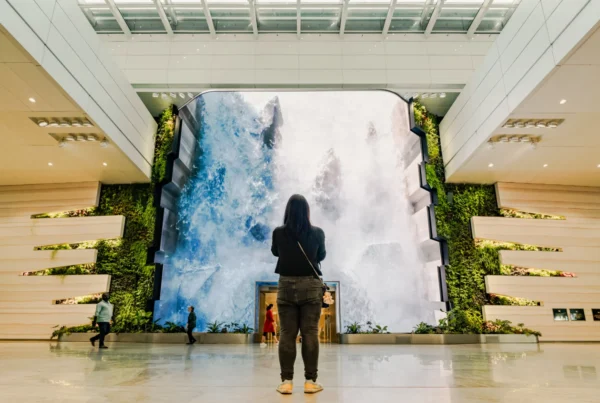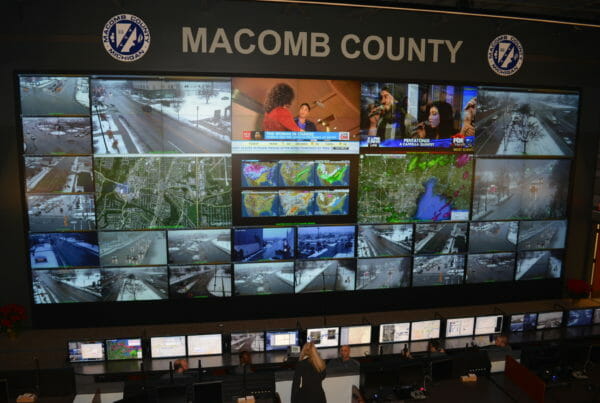When it comes to digital in retail, there are a few things you should definitely do, and a few you should avoid. We’ve outlined five “don’ts” to help you make the most of your in-store activations.
Placement / Visibility: A lot of attention goes into the placement and visibility of digital in retail. There is plenty of research on the subject, yet many retailers will still place activations in low traffic, low visibility areas. When talking about visibility, the sizing of activations should be taken into consideration as well. There are a lot of wide-open spaces in the retail world, which could be capitalized on but are often not. We recently worked with a retailer to create brand standards to help eliminate this issue. Because each location was responsible for deployment, many would choose the lower-cost options. The result was many locations installing a very small screen, on a very large wall, effectively rendering the program useless as the content was illegible.
Wrong use of tech: As previously mentioned, it’s important that technology isn’t incorporated just for tech’s sake. We see this failure point occur regularly. Brands are often sold on the “latest and greatest” technology, rather than on the customer experience that’s required to make an impact. The net result here is a technology gimmick that might show some immediate success as customers interact with the new tech, but often don’t captivate the customer for long after and results fall off. As an example, here is a pretty cool holographic technology that could easily be deployed in retail. However, without the right content strategy supporting it, it’s really just a gimmick.
Poor Build Quality: Another area we see failures is in the build quality of displays and fixtures used to house retail digital activations. Retail requires a certain expertise in fabrication/millwork due to the high traffic involved. There is also a perception of quality that can be tied to the build quality, and integration into existing space. If a digital activation is applied to an area as an afterthought, it often feels out of place. This directly impacts the quality of the experience. Likewise, shoddy construction can create a similar effect. We wouldn’t go so far as to say it’s damaging to a brand, however, it can severely affect the return.
Installation / Trade Issues: Digital activations can require several different trades / owners, especially for organizations who already have existing relationships or contracts with vendors. For example, marketing may require that an agency be involved in strategy/ideation, IT requires that someone from their organization is included for connectivity, and facilities may contract all electrical work through a single source. Without proper management, this can create gaps that push out budget and timeline and increase the risk of failure. There is a headache here that can be resolved with proper planning. We see these execution missteps frequently.
Lack of Content Strategy: Methods to keep content fresh was an item specifically called out above, so the assumption is you already are aware of the heartburn that can occur here. Content strategy is an area we see a lot of failure in the retail space. You cannot treat content as a one-time event, nor can you treat content for retail in the same manner that you would treat content for broadcast or print. Retail content must be continuously updated to remain relevant to your customers. Further, it must be the RIGHT content and should be tested through a survey to evaluate messaging uptake.
Stay up-to-date on our blog by subscribing! If you are ready to chat, reach out below.
1 | 2 | 3 | 4 | 5 | 6











